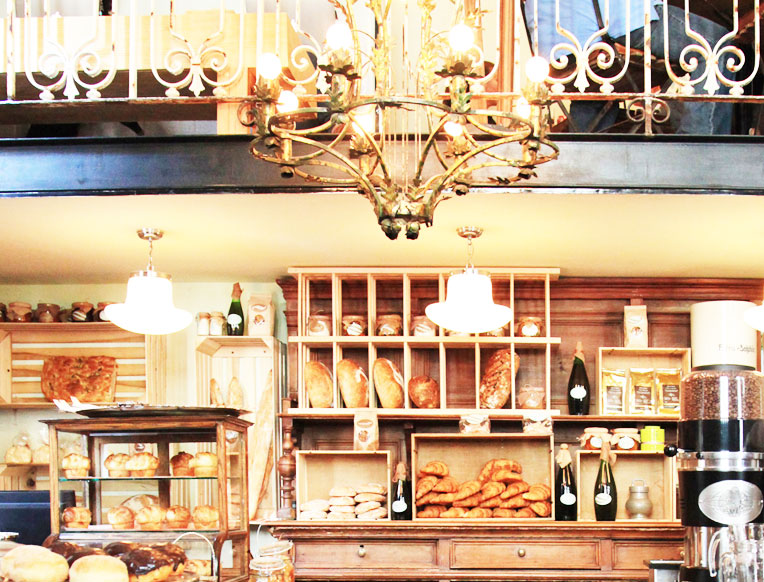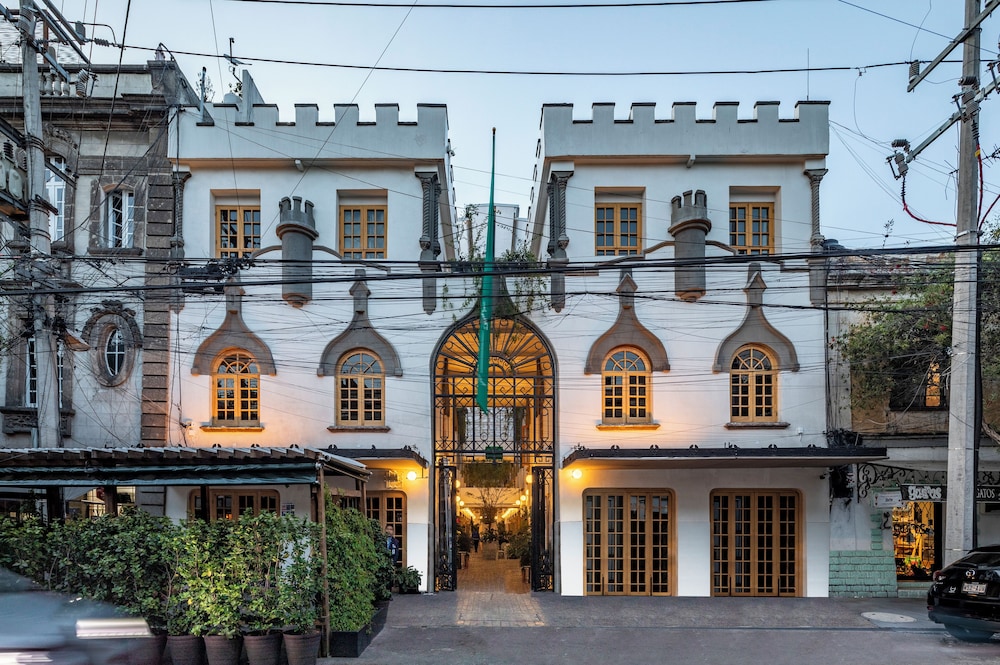


28
Panadería Rosetta
Panadería Rosetta

For Día de Muertos, Mexico City’s Panadería Rosetta Bakes Special Pan de Muerto | Eater
"Widely known for its acclaimed rol de guayaba (guava pastry), Panadería Rosetta in Mexico City becomes all about pan de muerto in October, a bread they have been making since opening in 2012 to celebrate Día de Muertos. I learned that their pan de muerto—an essential offering for the holiday that families place on altars to honor departed loved ones—is slightly sweet with orange zest and a sugar topping, often finished with the characteristic dough “bones” on top; its interior is soft and airy while the crust is golden brown, and it’s traditionally enjoyed with coffee, atole, or hot chocolate. The bakery sells between 160 and 500 loaves daily during the season (October 1–November 3), uses orange blossom water for its distinctive aroma and a sourdough (masa madre) starter for extra fluffiness, and consistently sells out each day with even longer lines around Día de Muertos because they produce and bake only for the day. In 2019 they introduced a striking all-black pan de muerto made with totomoxtle (corn ash) to upcycle discarded corn husks—a reinterpretation Reygadas frames as connecting pre-Hispanic culture and Catholic rituals—while the bakery has also revived lesser-known Mexican breads (pulque bread, cemita) and is launching new pan de muerto recipes made with amaranth and quelites as a nod to native ingredients." - Kisai Ponce










































